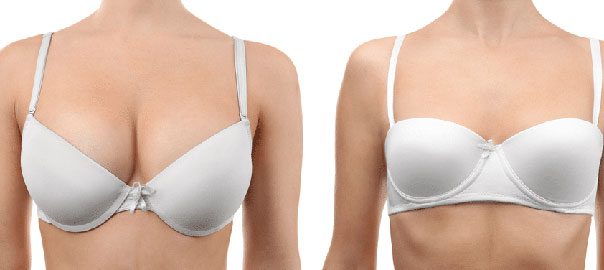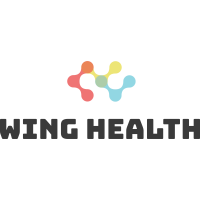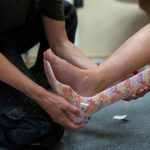A breast reduction surgery helps alleviate physical discomfort by reducing the size of large, disproportionately sized breasts. The procedure can also offer cosmetic benefits by creating a proportional silhouette that compliments the body’s natural shape.
Women with heavy, oversized breasts often have difficulty engaging in physical activities without feeling embarrassed or experiencing pain. By undergoing a breast reduction, these women can enjoy their favorite activities without the restrictions of their excessively large breasts.

1. What is a breast reduction?
A melbourne breast reconstruction is an operation to remove excess fat, tissue and skin from your breasts. It can be a life-changing procedure for many women with overly large breasts who experience health problems such as back pain and are not comfortable in their clothes. It can also improve self-esteem and boost confidence.
During your consultation you will meet with a surgeon who will discuss how much excess breast tissue needs to be removed, along with the results you are hoping for from surgery. They will take photos of your breasts and use them to draw a surgical plan.
Most breast reduction surgeries are done on an outpatient basis under general anesthesia in a hospital or a private surgical centre. Depending on the size of your breasts and the extent of the surgery, you may stay in hospital overnight, so it is important to arrange for someone to drive you home afterward. Your surgeon will explain how long you can expect to spend recovering from the surgery, and what to do if you have any complications.
2. What are the benefits of a breast reduction?
Melbourne breast reconstruction improves posture and relieves back, neck, and shoulder pain that often occurs due to large breasts. The surgery may also reduce headaches, numbness in the arms, and other symptoms associated with musculoskeletal issues.
Women who have large breasts often struggle to find clothing that fits properly and may feel self-conscious about their appearance. A breast reduction can help to free women from the burden of ill-fitting clothes and provide them with a more proportional figure that they’re more proud of.
Some people choose to have liposuction in addition to a breast reduction, but this procedure is not suitable for everyone and should be discussed with your surgeon. During the surgery, you’ll be under sedation to keep you comfortable and asleep. Doctors will access your breast tissue through incisions around the areola, from underneath the nipple, or along the breast crease (depending on what’s best for you). After removing excess fat and breast tissue, the incisions will be closed with sutures or drain tubes. The scars will fade over time and should eventually disappear completely.

3. What are the risks of a breast reduction?
A breast reduction is considered a safe procedure. It’s important to follow the instructions your doctor gives you before and after surgery to reduce your risk of complications. For example, you may need to avoid consuming alcohol or taking medications that thin the blood, such as aspirin and ibuprofen. You should also wear a compression bra as instructed to help minimize swelling and discomfort.
Swelling and bruising can occur following a breast reduction, but they should decrease over time. You should also expect to experience pain, numbness, and changes in sensation in your breast skin and nipples. These symptoms should disappear as the incisions heal.
Some women may need drainage tubes after surgery to prevent fluid buildup. These tubes can be removed within a few days. You will need to schedule a follow-up appointment with your surgeon for suture removal and to discuss any signs of complications.
4. How do I prepare for a breast reduction?
If you have decided that a breast reduction is right for you, it’s important to consult with an experienced Melbourne plastic surgeon who specializes in the procedure. They can help you shape realistic expectations about the procedure and its results. They will also be able to tell you which medications you should avoid before surgery, as they may interfere with anesthesia or the healing process.
You should prepare your home for recovery before surgery by clearing a space where you can rest, and stocking it with essentials like pain medication (like acetaminophen) and antibiotic ointments. It’s also a good idea to arrange for someone to drive you home from the surgery and stay with you for the first night of recovery, or at least be available to check in on you frequently by telephone.
Finally, you’ll want to ask a family member or friend to help with household chores for the few weeks after surgery, so that you can focus on healing. You should also make sure to schedule a follow-up appointment with your surgeon, so they can remove the sutures and check your progress.
5. How do I recover from a breast reduction?
After breast reduction surgery, most patients will be able to resume light activities within one week of their procedure. It is important to follow Doctors post-op guidelines, including wearing a support bra and avoiding smoking or alcohol as these can slow down the healing process and cause complications with the aesthetic results.
It is also important to take time off work, especially if you have an office-based job. If you are working out, it is recommended to start slowly with incline walking or low-impact exercises to prevent strain on the chest area. You should not attempt to lift anything above your head until cleared by your doctor.
During the recovery period, it is also important to sleep on your back with your head elevated, which can be done using a recliner chair or pillows. In addition, it is important to eat a well-balanced diet that includes plenty of fruits and vegetables, lean protein and healthy fats, while limiting salt intake as this can lead to fluid retention and exacerbation of swelling. You will be given pain relief medication to ease any discomfort after the procedure.








